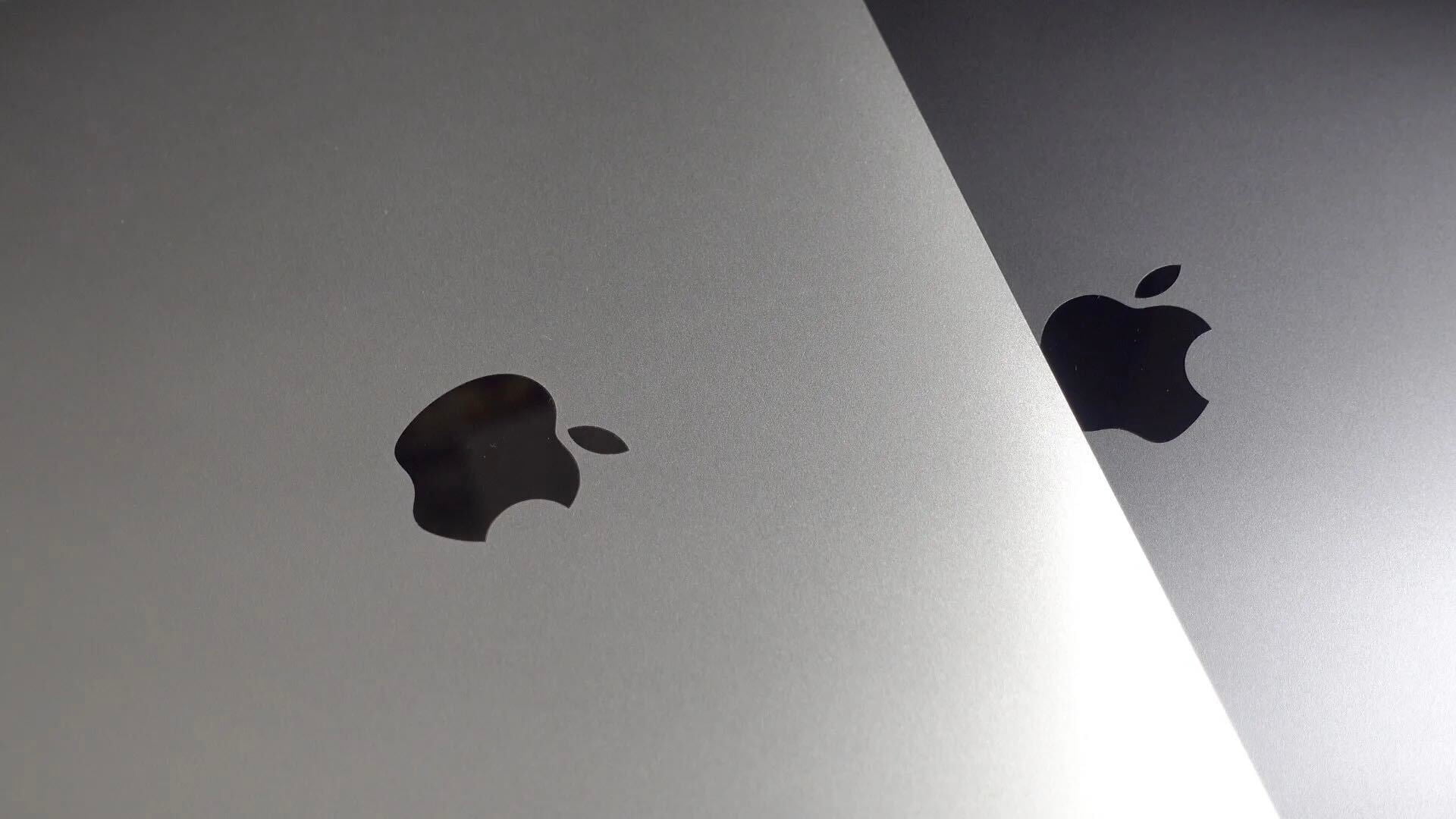Making The Grade
A new weekly series from Bradley Chambers covering Apple in education.

Bradley Chambers has been managing Apple devices in an education environment since 2009. Through his experience deploying and managing 1000s of Macs and 1000s of iPads over the years, Bradley will highlight ways in which Apple’s products work at scale, stories from the trenches of IT management, and ways Apple could improve its products for teachers, students, and knowledge works.
Bradley is passionate about how to make identity management easier to deploy new apps and services along with cloud-based technology.
Favorite Enterprise Services/Products
You can follow Bradley Chambers on Twitter or connect with him on LinkedIn.
Popular Stories
- Why is Apple ignoring services in the enterprise?
- How Wi-Fi 6 addresses key networking problems for the enterprise
- The 9.7-inch iPad didn’t get updated, but schools should keep buying it
- Butterfly keyboard reliability has delayed my next Apple lease for my school
- The case for dual iCloud accounts on iOS
- Digital textbooks for iPad never took off, and here’s why
- Clever solves the identity management problem for K-12
- Apple’s biggest mistake in K-12 happened in 2006
- How iPads put digital whiteboards on life support
- Is Apple TV a worthy add-on in the classroom?
- AppleCare+ is a terrible investment for iPad deployments
- Why Apple’s education strategy is not based on reality
- Apple needs an Identity Management Solution to take over schools


